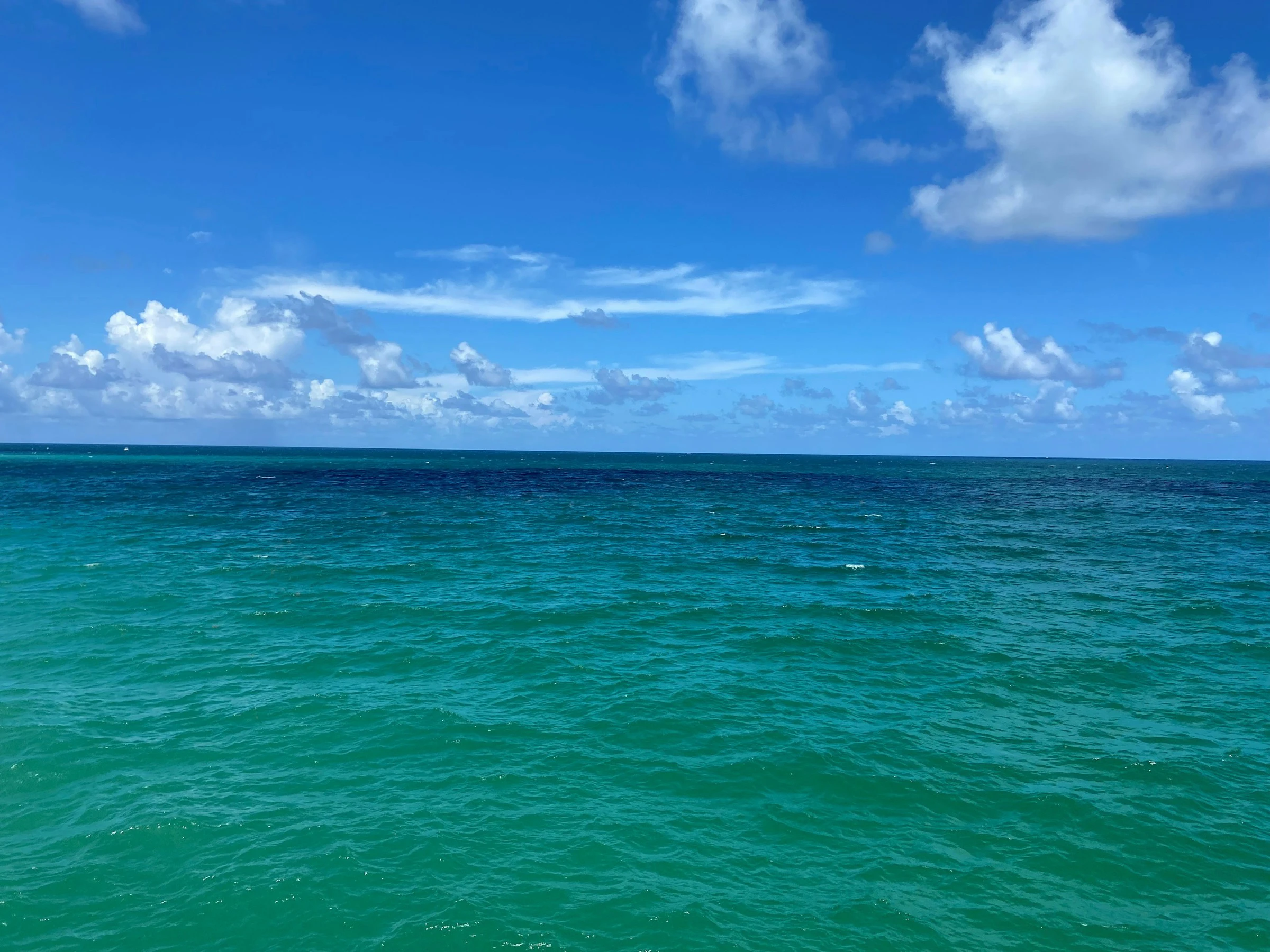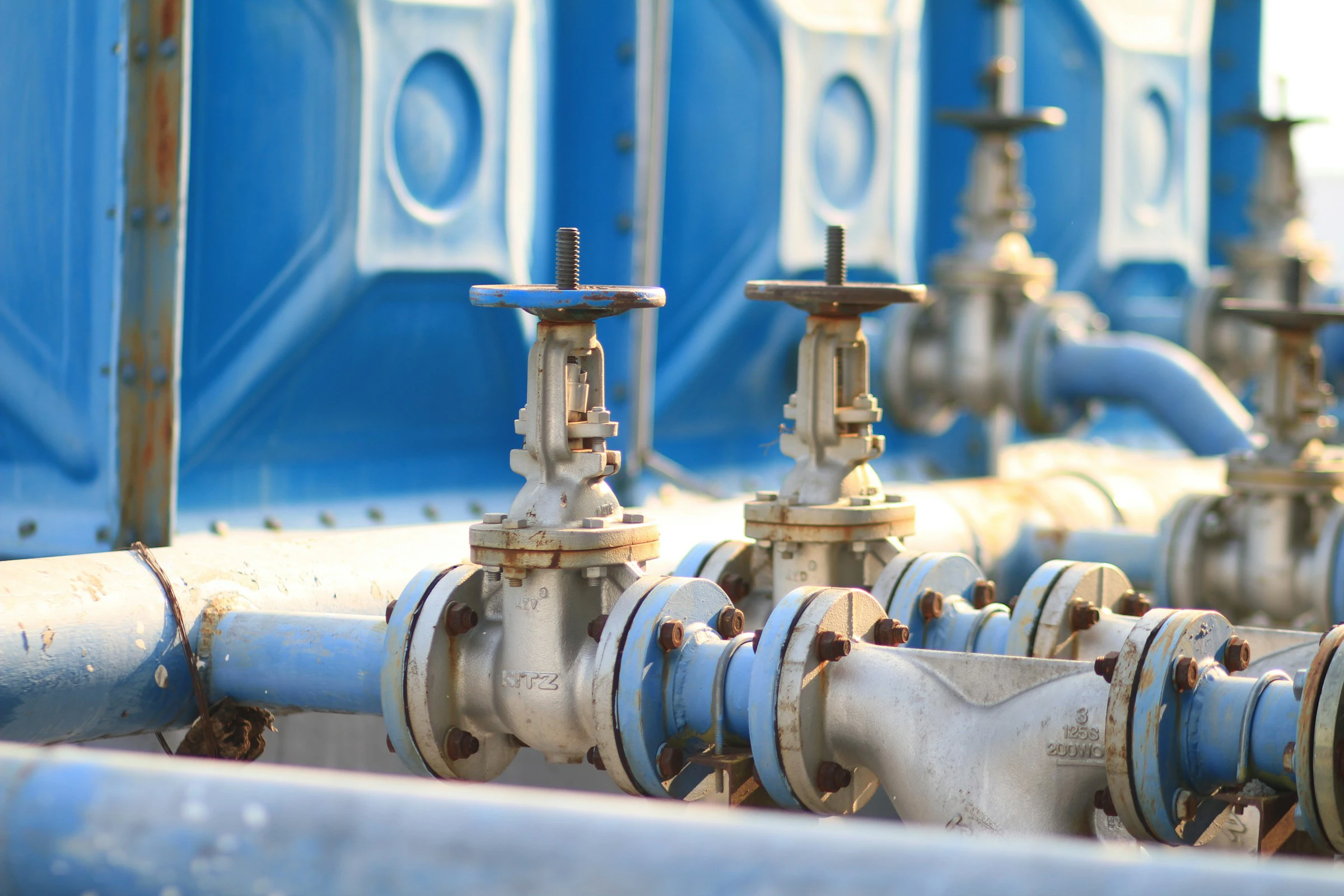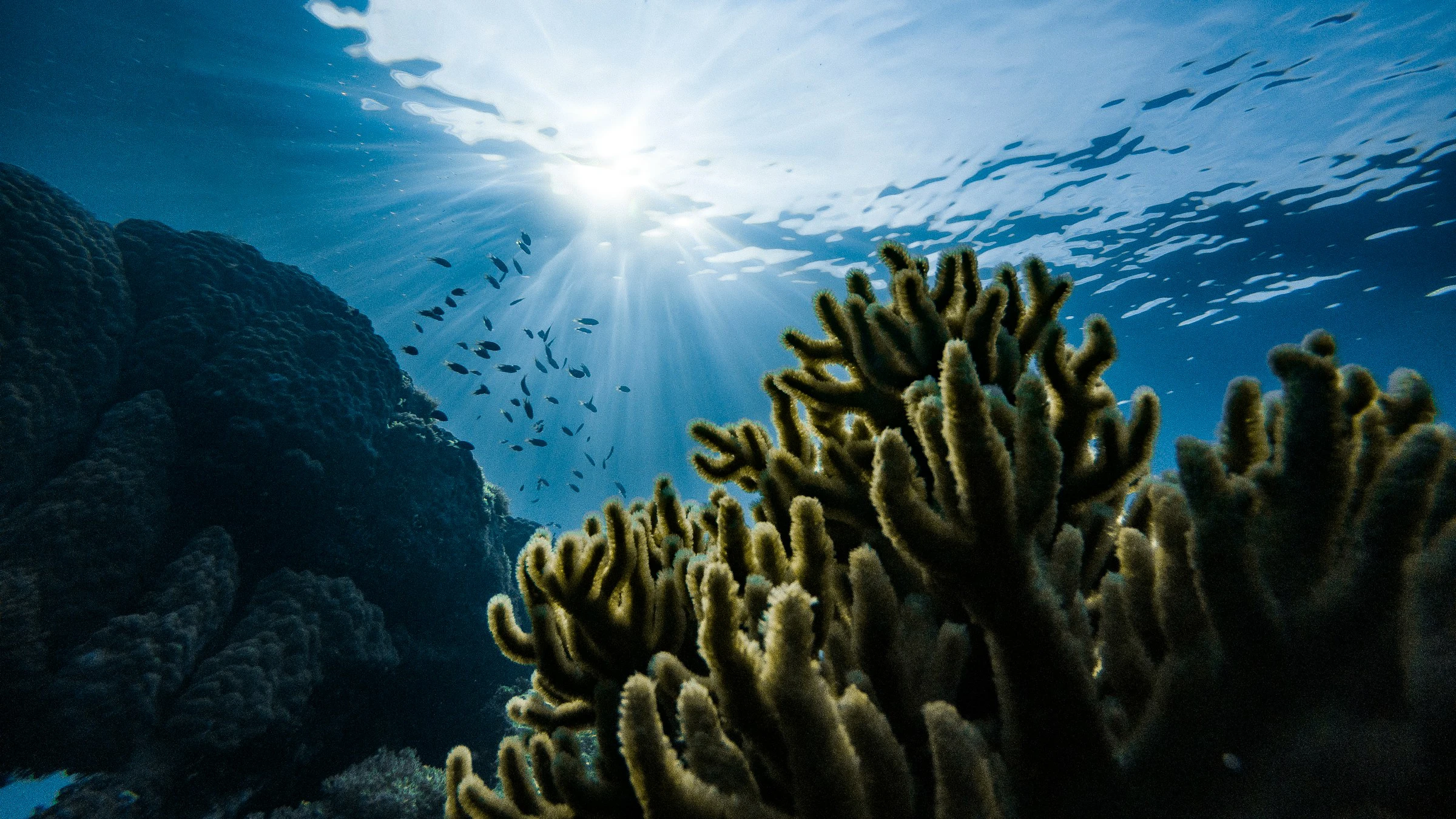As cities grow and freshwater sources shrink, the push to turn seawater into drinking water is gaining momentum. Desalination plants are popping up from California to the Middle East, promising clean water from an endless source. But there’s a catch. Ocean desalination is energy-hungry, expensive, and carries a carbon price that can’t be ignored. Desalination offers a short-term fix for water shortages. But in the long run, it doesn’t solve the crisis. It just moves the ecological stress somewhere else.

The basic idea is simple: take seawater, remove the salt, and turn it into something you can drink. Reverse osmosis, which is the most common method, uses powerful pumps to force water through membranes that filter out salt and impurities. The result is clean water on one end, and highly concentrated salty waste on the other. Desalination sounds like a miracle for arid coastal cities, and in some ways, it is. It’s already keeping taps flowing in places like Israel, Saudi Arabia, and Spain. Countries with wealth and access to coastlines can build large-scale plants and secure water even during droughts.
New innovations in energy efficiency and membrane design are making desalination more viable than ever before. It’s also an increasingly important fallback as climate change dries up rivers and groundwater. But that miracle comes with consequences.

Desalination takes a lot of energy. Reverse osmosis plants typically consume 3 to 10 kilowatt-hours of electricity per cubic meter of water produced. That’s far more than it takes to treat freshwater from a river or lake. Most of that energy still comes from fossil fuels. That means every liter of desalinated water carries a carbon footprint. And as more cities turn to desalination, total emissions climb. Feeding the very climate shifts that drive drought and water shortages in the first place. It’s a self-reinforcing loop: more people need water, more desalination burns more fuel, more emissions worsen the climate, and more people need water again.
Desalination also creates waste: brine, a salty byproduct that gets dumped back into the ocean. This brine can harm marine life by lowering oxygen levels and raising local salinity. When multiple plants operate along the same coast, ecosystems can tip into collapse.
At a global level, desalination looks like a way out of water scarcity. But that view ignores the limits of what the ocean, and in turn the climate, can handle. Just because the ocean is vast doesn’t mean it’s limitless.
Using desalination to support unchecked population growth or sprawling development doesn’t fix the water problem. It just displaces the damage.

Desalination may push the limits of what’s technically possible, but it doesn’t change a fundamental truth: Earth has finite resources. Every workaround, whether it’s turning seawater into drinking water or tapping deep geothermal energy, comes with a cost. Sooner or later, those costs reach their limit. Real resilience means using less. It means living within the boundaries of what nature can actually provide. But that becomes harder every year as the global population grows and demand for water, energy, and food rises with it. Scarcity is not just a matter of supply. It’s also about how much we consume. And reducing that consumption becomes more difficult the more people there are.
Unless we begin to scale down our use, even the most advanced technologies will eventually hit a wall. Desalination can buy us time, but it cannot buy us more planet.
© 2025 - World Population Limitation Movement | Website by Donkeys & Co.